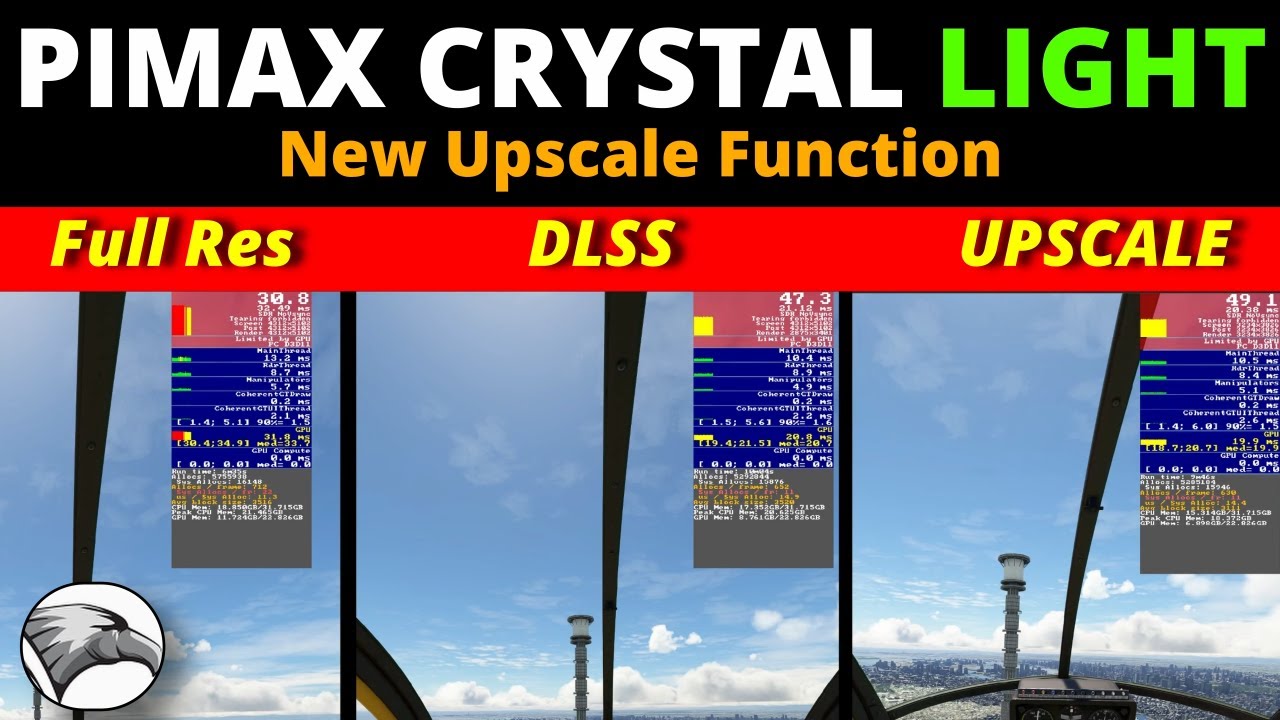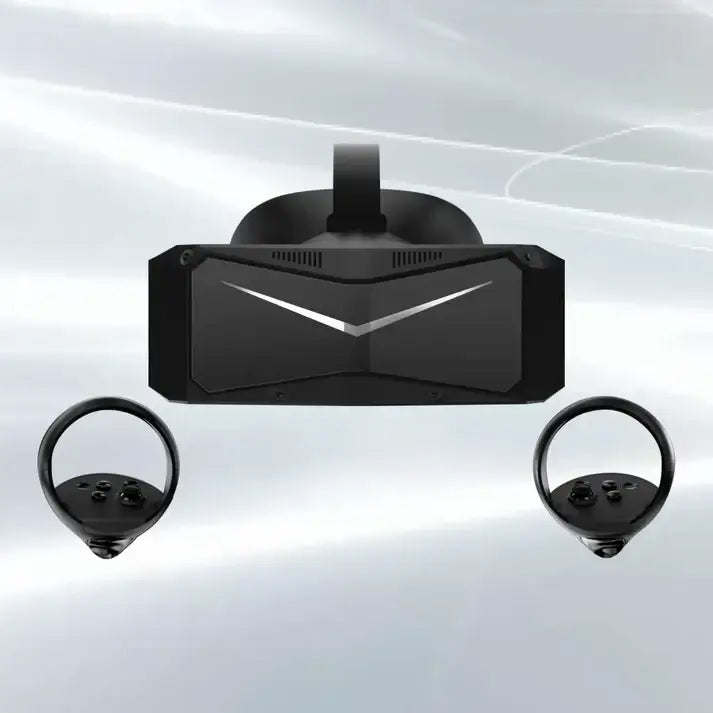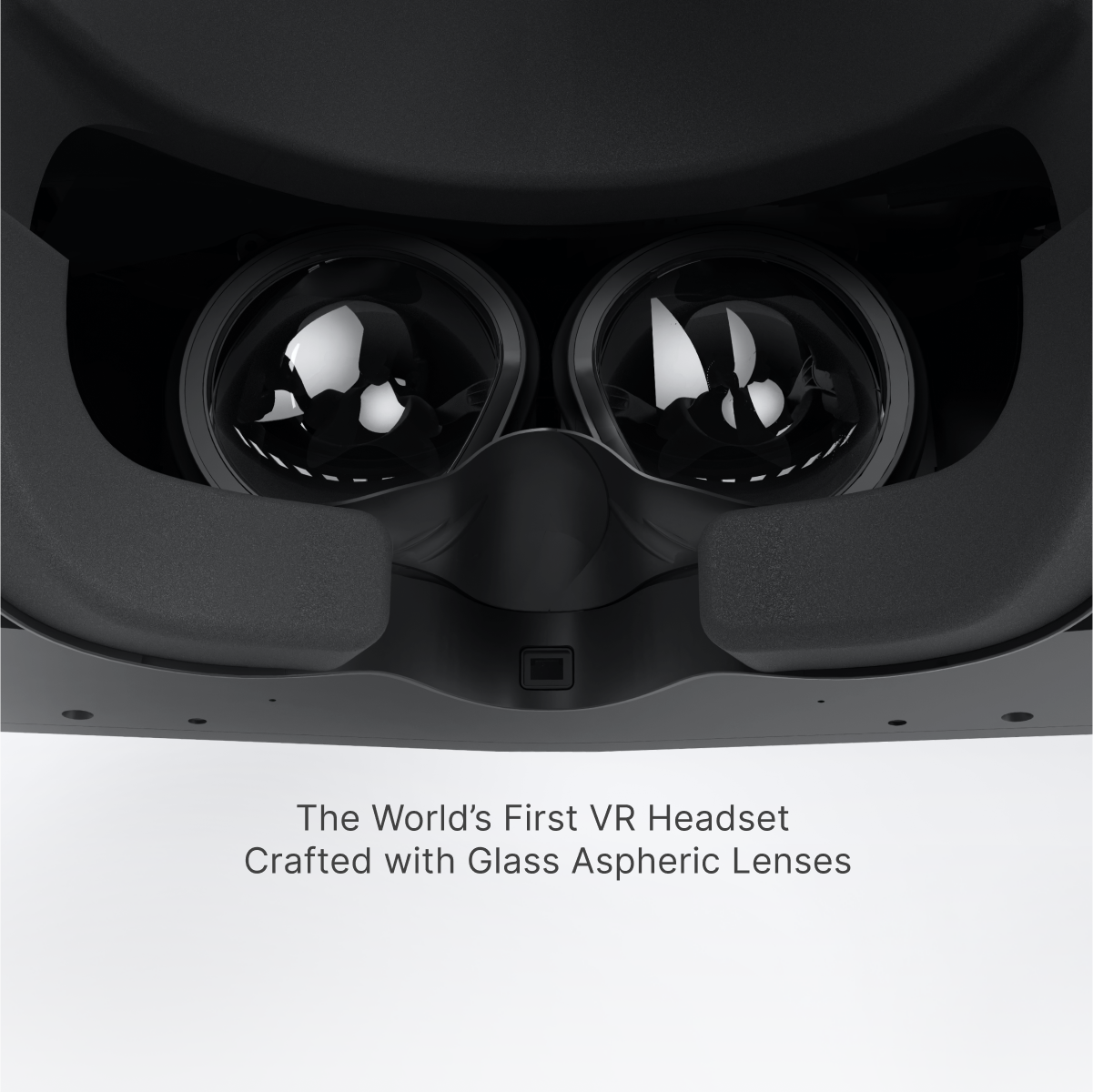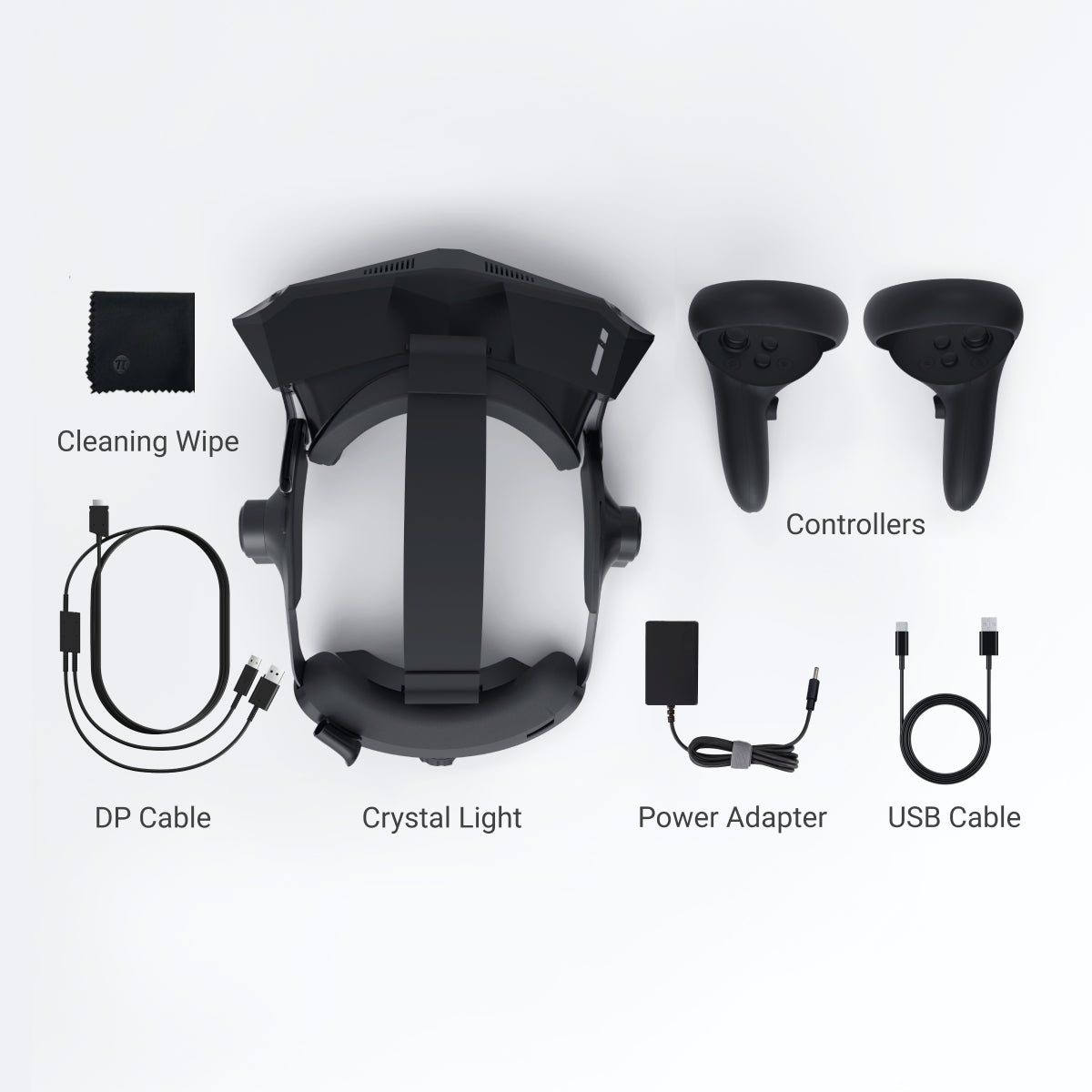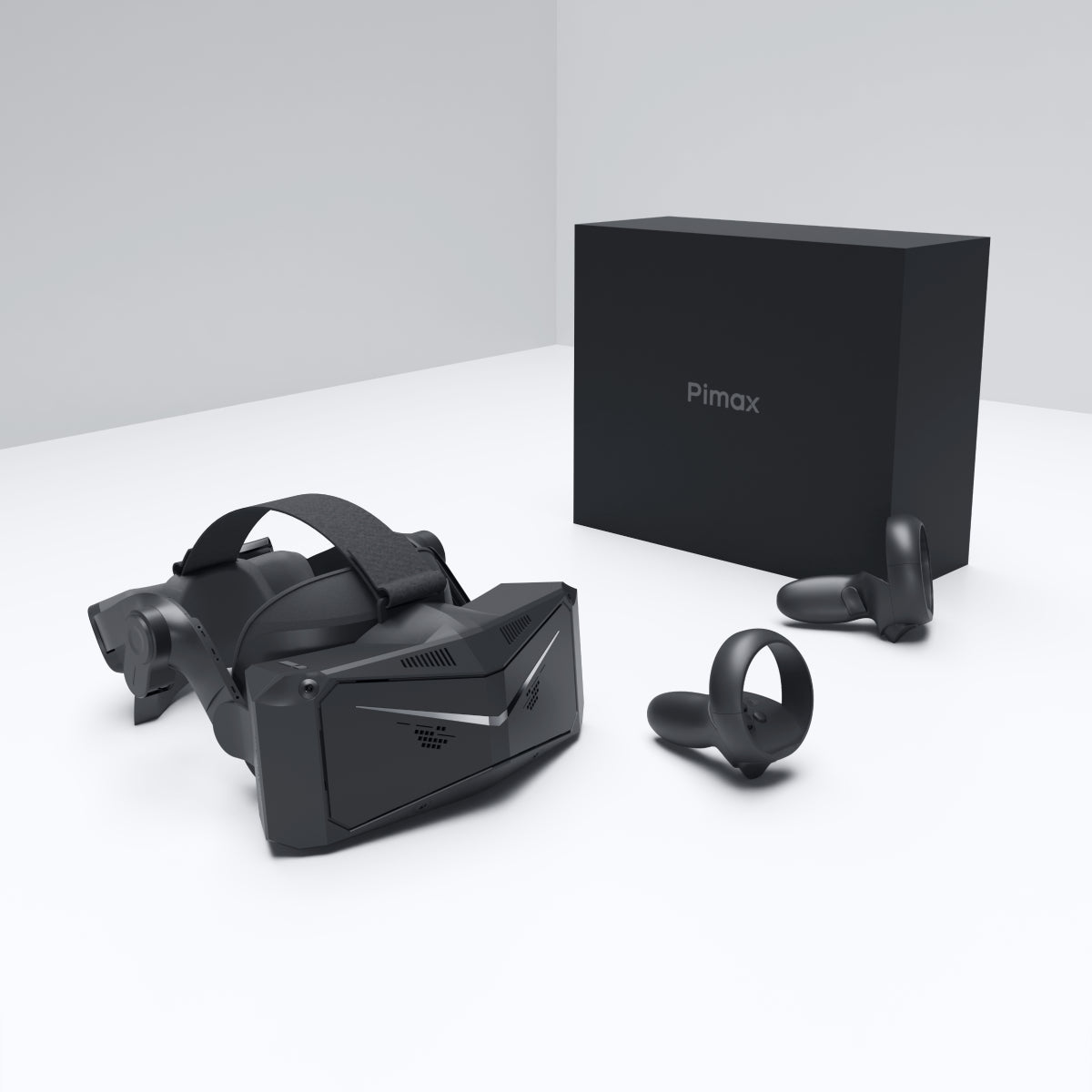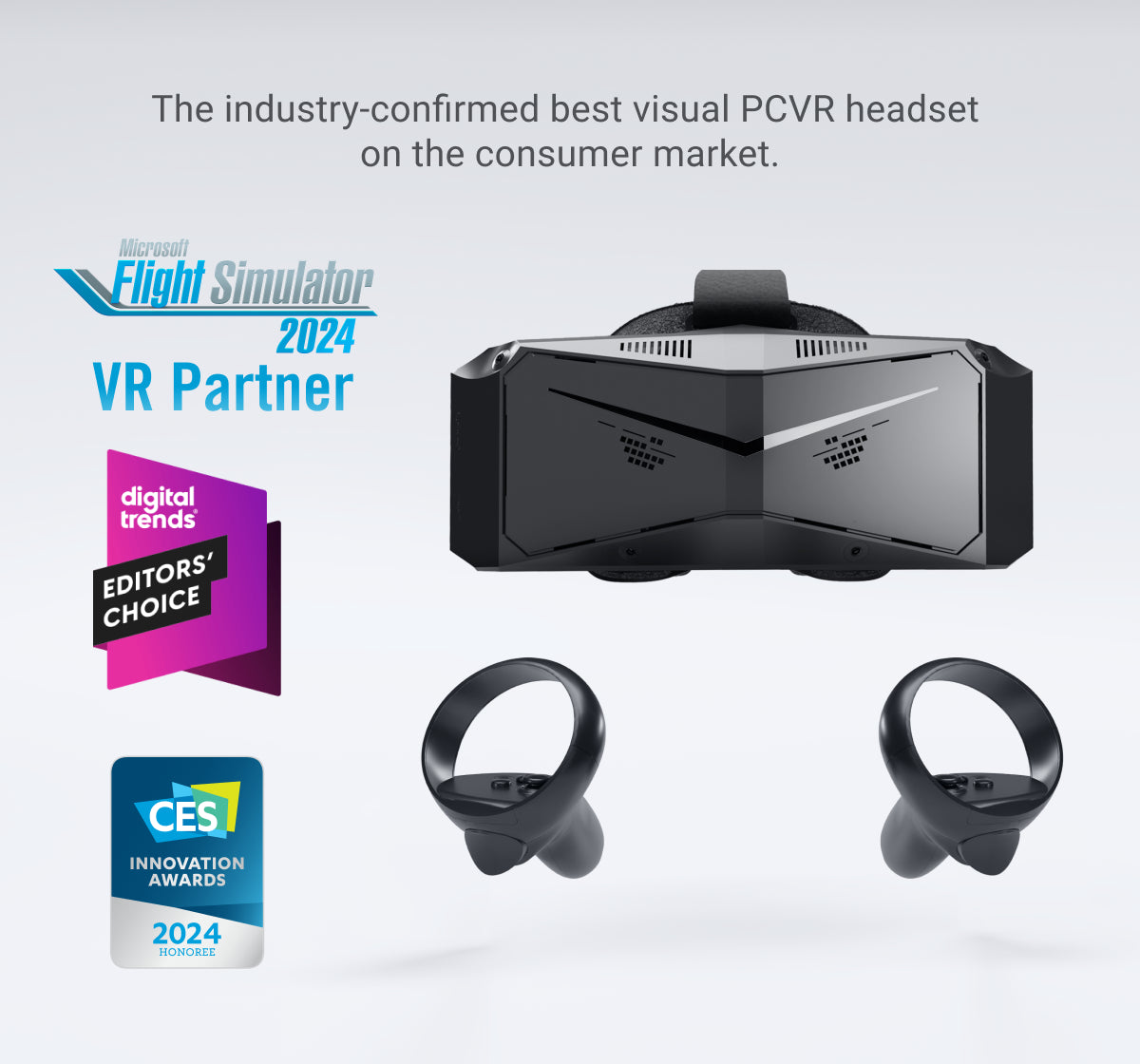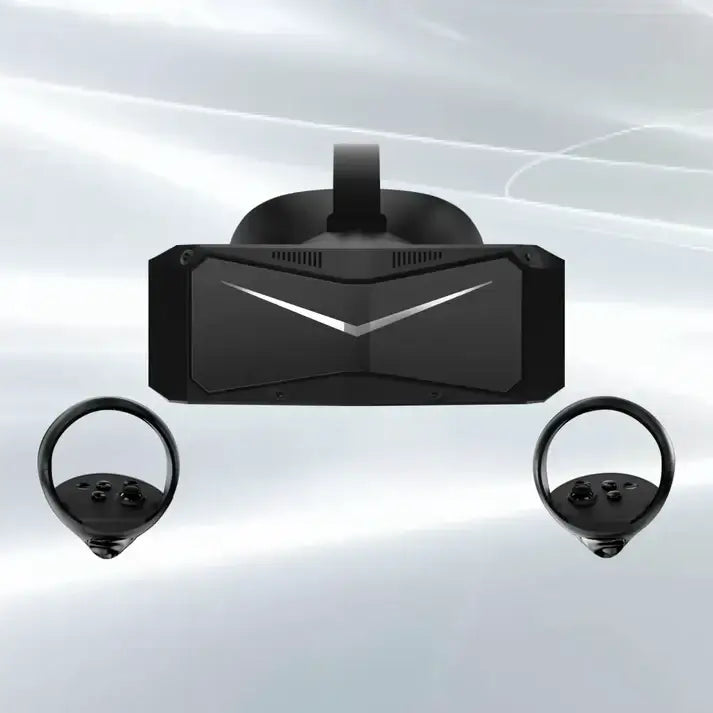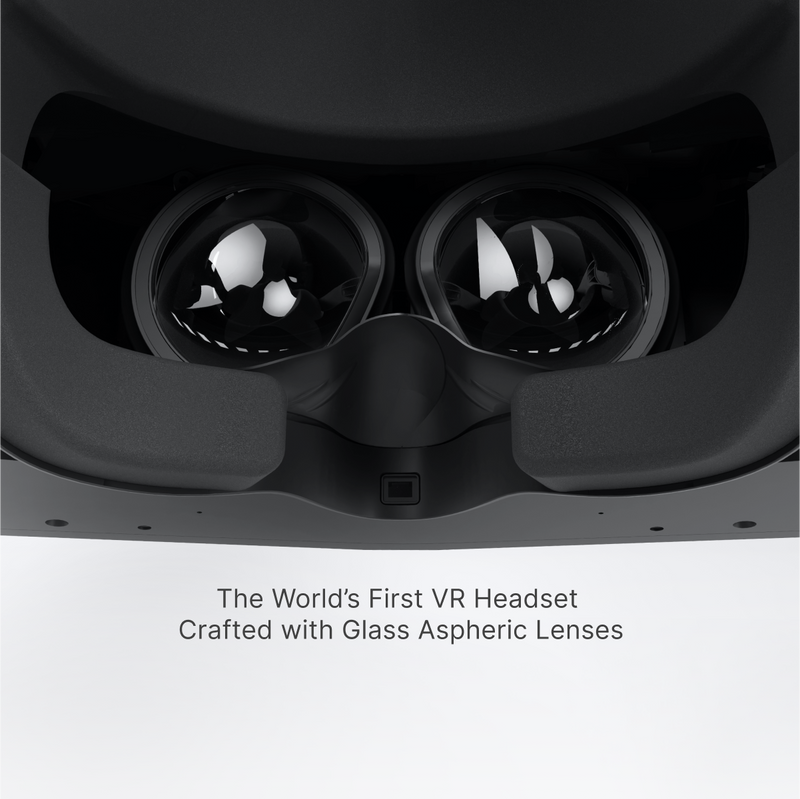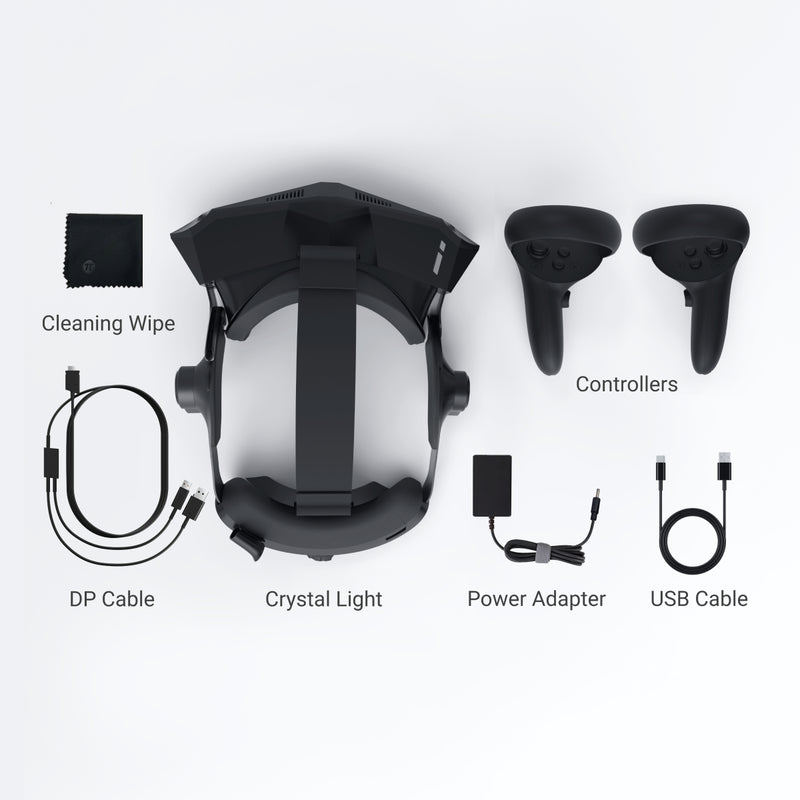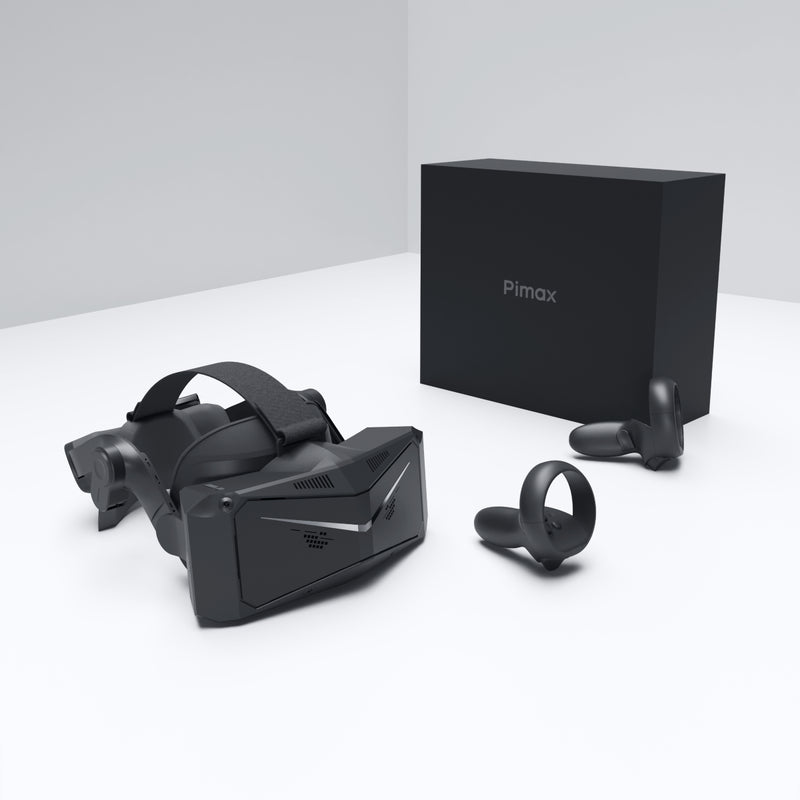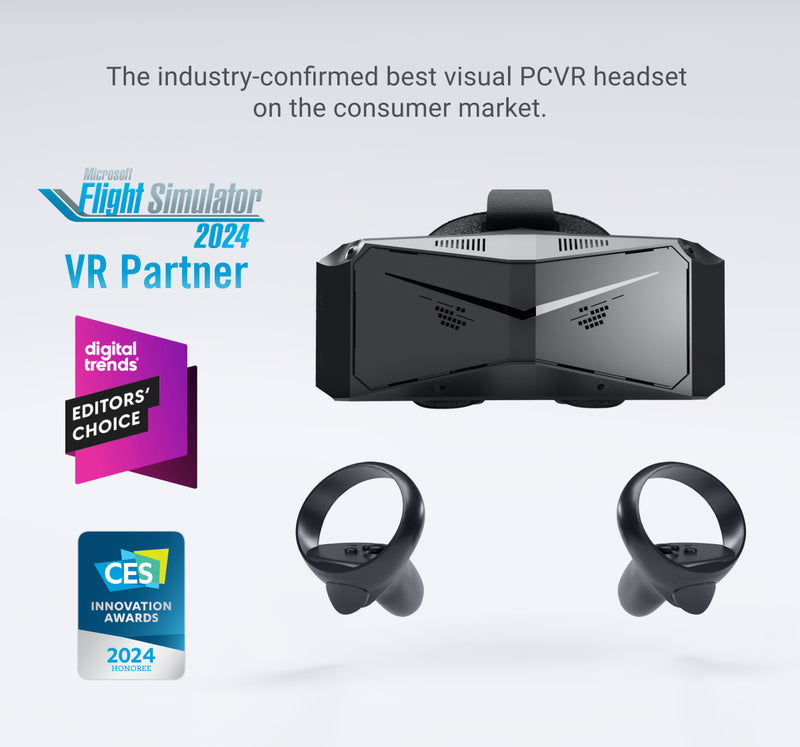La réalité virtuelle est devenue une pierre angulaire des expériences de simulation modernes, en particulier dans le monde de la simulation de vol. Cependant, l’un des défis persistants pour les amateurs de réalité virtuelle est de trouver un équilibre entre performances et fidélité visuelle. Avec l’introduction du mode Upscale dans le Pimax Crystal Light , une nouvelle voie vers des expériences plus fluides et plus immersives a émergé. Dans une récente vidéo de SimHanger Flight Simulation, Mark explore en détail la façon dont cette fonctionnalité transforme l’expérience de réalité virtuelle, en particulier dans des applications exigeantes comme Microsoft Flight Simulator 2020.
La puissance du mode haut de gamme : un changement radical en termes de performances
Au cœur des performances de la réalité virtuelle se trouve la capacité d'un système à restituer des images rapidement et clairement. Le mode Upscale, tel que décrit par Mark, est une fonctionnalité qui permet au Pimax Crystal Light de restituer des images à une résolution inférieure, puis de les mettre à l'échelle pour qu'elles correspondent à l'affichage du casque. Ce processus réduit la charge de calcul sur le GPU et le CPU, ce qui permet une génération d'images plus rapide, un facteur essentiel pour maintenir un mouvement fluide en réalité virtuelle.

Les tests de Mark fournissent des données concrètes qui illustrent l'impact de cette fonctionnalité. Il note qu'avec le mode Upscale activé, le Pimax Crystal Light a enregistré une augmentation de 56 % des images par seconde (FPS) par rapport à sa résolution native . Pour mettre cela en perspective, le DLSS (Deep Learning Super Sampling), une autre technologie de mise à l'échelle populaire, a permis une augmentation de 44 % des images par seconde dans le même scénario de test. L'amélioration supplémentaire de 12 % avec le mode Upscale du Pimax est significative, en particulier en VR, où chaque image contribue à l'immersion globale.

Étude de cas : Microsoft Flight Simulator à Tokyo
Microsoft Flight Simulator est connu pour pousser les systèmes les plus puissants à leurs limites, ce qui en fait un candidat idéal pour tester les améliorations de la réalité virtuelle. Mark a choisi Tokyo pour son test, un lieu riche en décors détaillés et en paysages urbains complexes qui sont notoirement exigeants en termes de matériel.
À l'aide du Pimax Crystal Light avec le mode Upscale, Mark a survolé Tokyo à bord d'un hélicoptère Got Friends Mini 500, un petit avion complexe doté de divers instruments et d'éléments de cockpit détaillés. Cet environnement a constitué un test rigoureux des performances et de la clarté visuelle.
En mode pleine résolution (2880 x 2880 par œil), Mark a constaté que la clarté était incomparable : chaque détail du cockpit et de l’horizon de Tokyo était d’une netteté exceptionnelle. Cependant, cela s’est fait au détriment des performances, le système ayant du mal à maintenir un mouvement fluide. Lorsqu’il est passé en mode Upscale, la différence a été immédiatement apparente. Le nombre d’images par seconde a augmenté de plus de 50 % et l’expérience de vol globale est devenue beaucoup plus fluide, malgré une légère perte de netteté visuelle.
Il est intéressant de noter qu'un utilisateur a commenté : « J'ai essayé quelque chose sur ma configuration « pas assez puissante », je l'ai fait tourner à 72 ips et 72 Hz. Dans ce réglage, plus d'images floues lors de déplacements rapides, pas de micro-bégaiement, rien même pendant les manœuvres acrobatiques, c'est tellement bien ! » Ce type d'expérience de première main souligne les avantages pratiques du mode Upscale, en particulier pour les utilisateurs de systèmes de milieu de gamme.
Équilibrer clarté et performance
Bien que les gains de performances du mode Upscale soient indéniables, Mark souligne également certains compromis. L'un des plus notables est l'augmentation du scintillement, en particulier dans les paysages à moyenne et longue distance. Il s'agit d'un effet secondaire courant des technologies de mise à l'échelle et il était plus prononcé avec le mode Upscale de Pimax qu'avec le DLSS. Cependant, Mark suggère que cela pourrait être atténué par d'autres ajustements, tels que l'ajustement des paramètres de netteté FSR.
Malgré ces compromis visuels mineurs, le gain de performances offert par le mode Upscale en fait un outil précieux pour les utilisateurs qui privilégient un gameplay fluide, en particulier ceux qui utilisent des systèmes de milieu de gamme. Mark souligne que pour les utilisateurs qui n'ont peut-être pas accès aux derniers GPU haut de gamme, cette fonctionnalité offre un moyen de profiter des visuels impressionnants du Pimax Crystal Light sans avoir à réduire les paramètres.
Un autre internaute a exprimé son enthousiasme quant au potentiel de cette technologie : « Wow, la mise à niveau du Pimax est vraiment impressionnante ! Une comparaison géniale, Mark ! » Ces commentaires de la communauté reflètent l'anticipation et la confiance dans cette technologie, ce qui confirme encore davantage son efficacité.
Comparaison du Pimax Crystal Light avec d'autres casques
L'une des principales comparaisons que Mark fait est celle entre le Pimax Crystal Light et le HP Reverb G2. Les deux casques offrent des écrans haute résolution, mais le Reverb G2 est un choix populaire pour les amateurs de simulation de vol en raison de sa clarté et de sa facilité d'utilisation. Cependant, avec l'introduction du mode Upscale, le Pimax Crystal Light offre désormais une alternative convaincante.
Mark note qu'en mode Upscale, la résolution de rendu de 2160 x 2160 par œil du Pimax Crystal Light est identique à la résolution native du HP Reverb G2. « Cela signifie que les utilisateurs habitués aux performances du Reverb G2 peuvent s'attendre à des résultats similaires avec le Pimax Crystal Light , mais avec les avantages supplémentaires d'un champ de vision plus large et d'un sweet spot plus étendu. » Pour les amateurs de simulation de vol, ces améliorations peuvent faire une différence significative en termes d'immersion, car elles offrent une vue plus étendue et plus détaillée du cockpit et de l'environnement environnant.




Commentaires de la communauté : validation des utilisateurs et des experts
Les gains de performances et le potentiel du mode Upscale du Pimax Crystal Light ne sont pas passés inaperçus auprès des experts du domaine. « Voler en VR est une question d'immersion, et rien ne brise cette immersion plus rapidement que des fréquences d'images instables. Le mode Upscale du Pimax Crystal Light est un pas dans la bonne direction, offrant une solution pratique pour ceux d'entre nous qui ne disposent pas du matériel le plus récent et le plus performant, mais qui souhaitent néanmoins profiter de tout le potentiel des simulations de vol en VR », déclare Mark dans son avis.
Les commentaires sur la vidéo renforcent encore ce sentiment. Un utilisateur a partagé avec enthousiasme : « Merci, Mark ! C'est le moment idéal pour attendre ma livraison. » Un autre spectateur a été impressionné par la réduction notable de la latence, commentant : « J'ai également remarqué que la latence était réduite de 30 millisecondes à 20 grâce au convertisseur ascendant, ce qui représente une réduction de 30 %, plutôt sympa. » De telles remarques soulignent non seulement l'efficacité de la technologie, mais reflètent également l'enthousiasme et l'intérêt pour les produits Pimax.
De plus, les clients actuels ont partagé des commentaires positifs sur leurs expériences avec les casques Pimax. « Je ne sais pas si c'est juste moi, mais je trouve que Tokyo est assez performant, même avec des niveaux de détail assez élevés, ce qui est surprenant compte tenu de sa densité. J'ai hâte de l'essayer lorsque mon Crystal Light arrivera enfin ! » Ce commentaire renforce la capacité du casque à gérer efficacement des environnements complexes, même dans l'un des scénarios les plus exigeants comme le survol de Tokyo.
L'engagement de la communauté ne s'arrête pas là. Plusieurs utilisateurs ont également salué la critique approfondie et perspicace de Mark, l'un d'eux déclarant : « Merci pour cette vidéo, Mark ! Encore une fois, merci pour la vidéo. La mise à l'échelle est une étrange bête ; elle peut être très belle dans certains titres et être un désastre dans d'autres. » Ce type de reconnaissance valide non seulement la qualité de la critique, mais renforce également la crédibilité du Pimax Crystal Light en tant que casque VR leader sur le marché.
Conclusion : devriez-vous envisager la lampe Pimax Crystal ?
Pour les amateurs de simulation de vol et de réalité virtuelle, le Pimax Crystal Light avec mode Upscale offre une combinaison puissante de visuels haute résolution et de performances améliorées. Bien qu'il y ait quelques compromis en termes de clarté visuelle, en particulier avec les objets éloignés, l'expérience globale est nettement améliorée, en particulier pour les utilisateurs de systèmes de milieu de gamme.
Les avantages supplémentaires, tels qu'un champ de vision plus large et un sweet spot plus grand par rapport à d'autres casques comme le HP Reverb G2, font du Pimax Crystal Light un concurrent sérieux sur le marché de la réalité virtuelle. Si vous êtes à la recherche d'un casque de réalité virtuelle capable de gérer des simulations exigeantes tout en offrant une expérience fluide et immersive, le Pimax Crystal Light avec mode Upscale mérite d'être pris en considération.
Pour des tests et des informations plus détaillés sur la simulation de vol en réalité virtuelle, je vous recommande vivement de vous abonner à SimHanger Flight Simulation sur YouTube . L'analyse approfondie de Mark et ses tests en conditions réelles fournissent des conseils précieux à tous ceux qui cherchent à tirer le meilleur parti de leur configuration VR.


